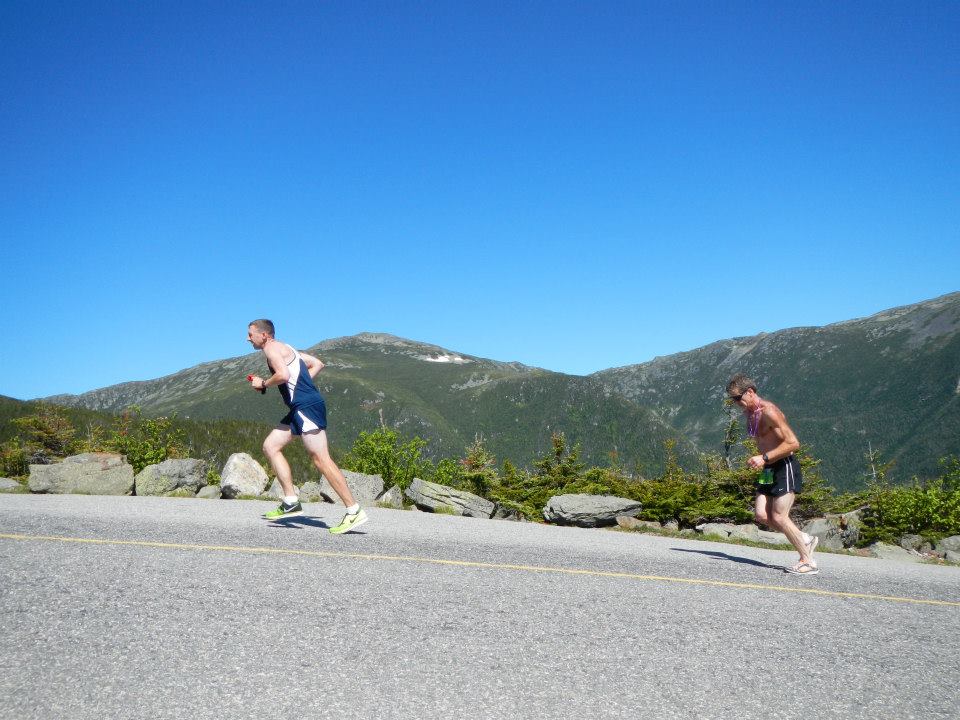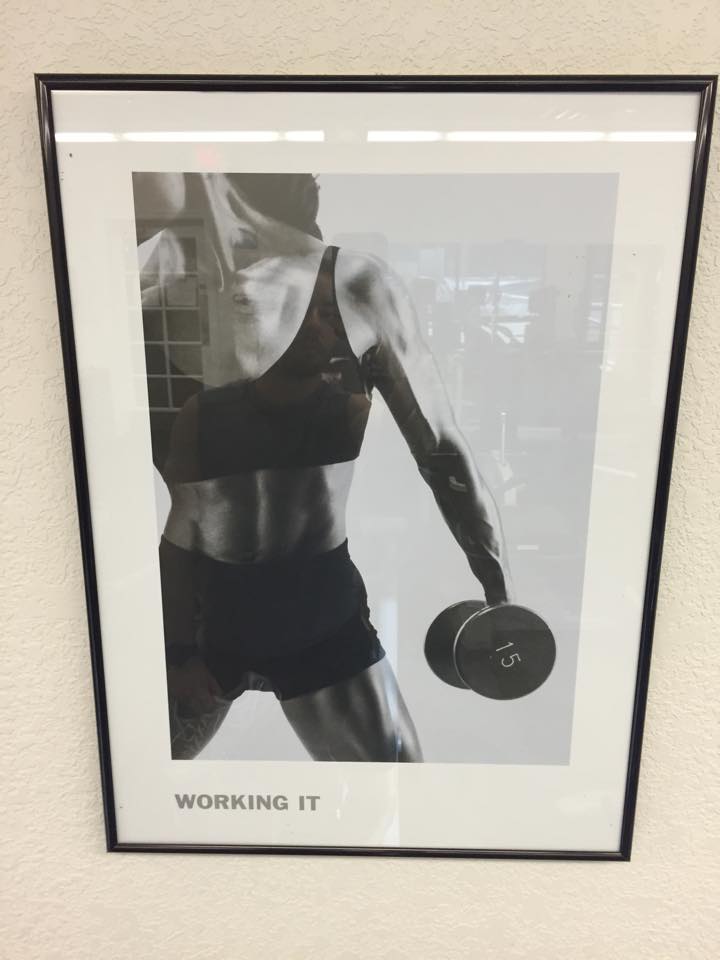When you've sustained a running-related injury --not the traumatic event kind (like an ankle sprain), but the kind that just 'appears' for no obvious reason-- is it typically on one side of the body or both sides?
I ask because, if you stop to think about it, probably 9 times out of 10 it's only one side that is injured.
Yet, how do most folks explain their symptoms?
- Bad shoes
- New training variable (hills, speed, distance, terrain...)
- Weakness / not enough strength training
- Tightness / not enough stretching / yoga
- Didn't rest enough / poor recovery
- Forgot to foam roll / meditate / psyche up before running
- Slept weird
- Wore the wrong color socks (might this be it?!)
I'm sure you can think of a few more!
Thing is, we run with both legs. Both feet are wearing the shoes, running the hills, the speed, the distance, yet the injury is only on one side. I think we need another explanation. Do you agree?
In my experience, biomechanics is likely where the answer lies.
Remember, we need access to all joint movements if we wish to enjoy maximally efficient running. If a joint cannot access its normal range of motion, your clever body will still find a way to get you from point A to point B. It will rely more on the joints to which you DO have access.
Could there be a benefit to injury?
As frustrating as injury is, you can thank that annoying injury for alerting you to the fact that there is a problem somewhere. But, don't be fooled into thinking the symptomatic spot is the root problem.
Problems and symptoms are very different. The symptom is where it hurts. You'll have a lot of awareness there, obviously. The 'problem,’ however, is likely to be a movement in which you lack awareness because you are unable to access it. If you've never rotated your pelvis well, how would you know what a 'well rotating pelvis' feels like?
The solution, then, is to first become aware of this inaccessible movement and then to experience it on a regular basis so that it feels natural again. (Hint: I can help you with this!) So, indeed, injury is an invitation to become more aware and improve.
Why would you be missing access to a movement??
We all have unique histories and experiences - some of which have caused us to delete certain movements as safe options.
- Sprains, falls, impacts, surgeries, pregnancy, accidents, broken bones, whiplashes, concussions, (the list is endless) are all "structural" examples of reasons why you may have deleted a movement.
- Powerful emotional experiences and high stress levels can cause us to subconsciously hold tension in our body.
- Learned behaviors like holding a certain posture (much love, all you dance/ballet friends) or following movement rules ("keep your shoulders down and back" or "never allow your knee to push beyond your toes") actually limit our movement potential.
Now that we've ruled out causative factors like what time you went to the bathroom in the middle of the night, forgetting to do your mini-band glute strength routine, and others, I hope this discussion has increased your awareness to the possibilities that exist around one-sided injuries. Each little part of the body must play its role, no more and no less.
In the next post we'll discuss exactly why strength training, which is presented as a common solution to overcome many running injuries, is unlikely to address the *root cause.*
For now, if you're wondering if inefficient biomechanics may be contributing to your current situation, please don't hesitate to contact me!






